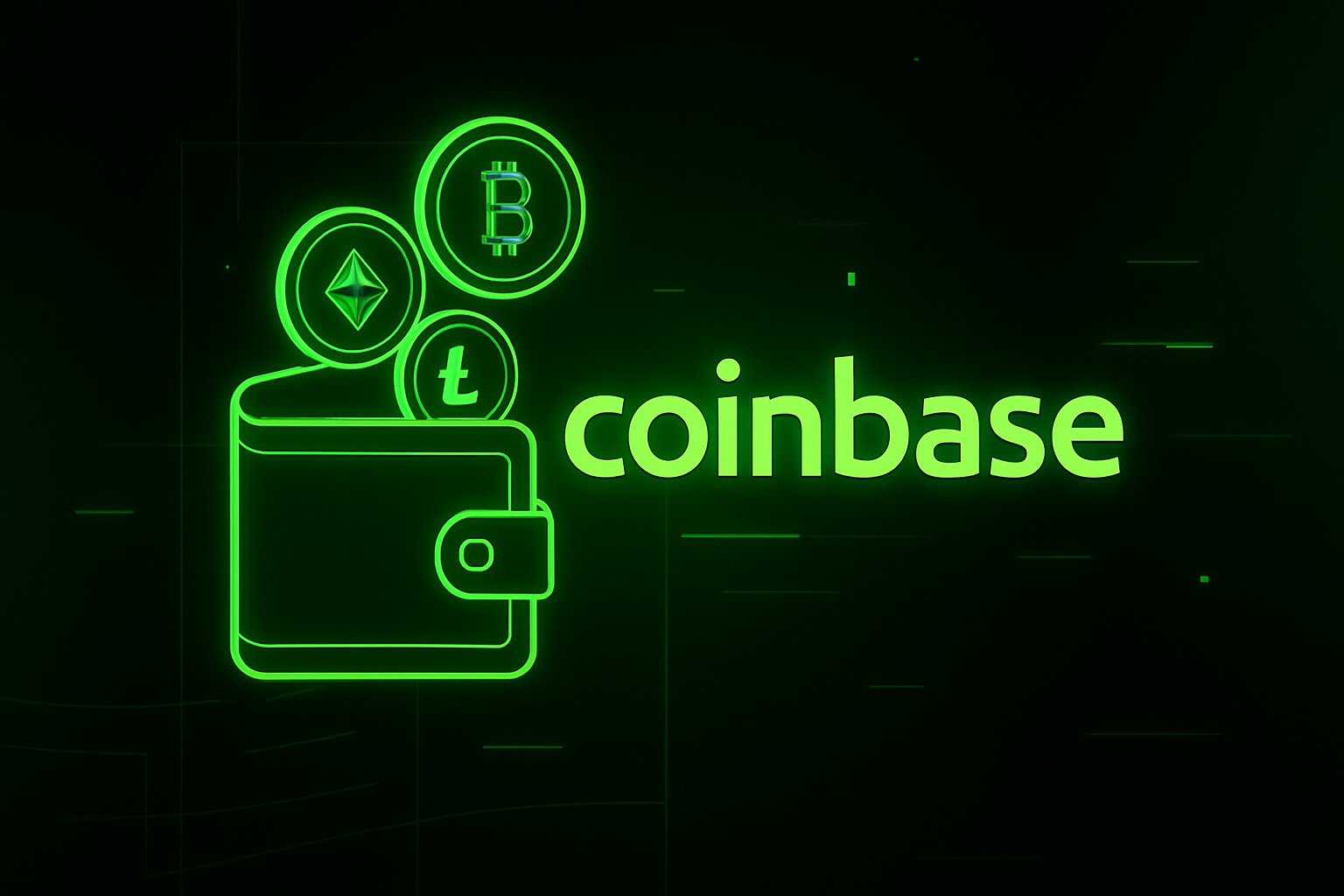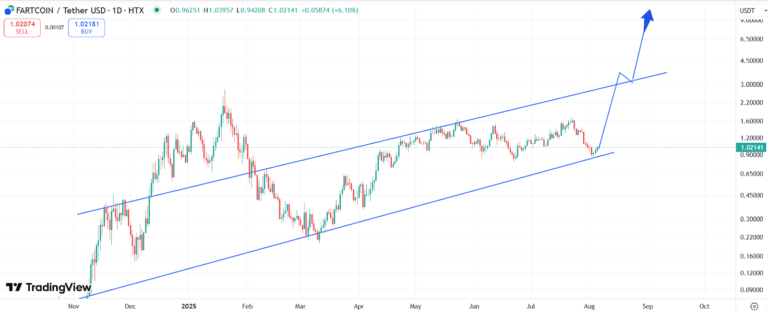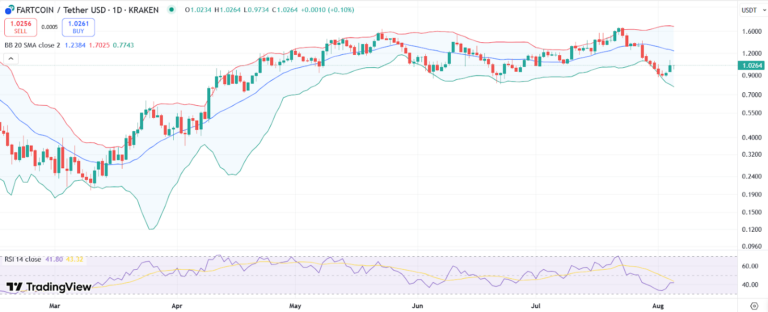News
CoinDCX Back Online as INR Withdrawals Resume Post $44M Security Breach

India’s leading crypto exchange CoinDCX has restored full trading and INR withdrawal services after a high-profile $44 million breach that affected one of its internal operational wallets. Despite the severity of the attack, the exchange confirmed that no customer funds were impacted, attributing the incident to a previously undisclosed vulnerability in its hot-wallet infrastructure.
Breach Tracked to Tornado Cash‑Funded Address
Analytics specialist ZachXBT detected abnormal activity in CoinDCX’s hot wallet approximately 17 hours before public disclosure. Inbound transactions included a 1 ETH funnel through Tornado Cash, followed by converted assets from Solana bridged via Ethereum, indicating a sophisticated exploit aimed at obscuring the source and path of funds. Tel Aviv-based security firm Cyvers later flagged the breach, noting that the affected operational account lacked adequate tagging and proof-of-reserves verification.
Customer Assets Unaffected, Cold Wallets Invulnerable
CEO Sumit Gupta quickly reassured users via social media that all customer assets residing in cold wallets remained fully secure.
“No customer funds have been impacted… Your assets remain completely safe and protected” —Sumit Gupta.
He confirmed the breach was limited to a segregated operational account used for partner exchange liquidity, which was isolated immediately upon detecting suspicious activity.
Full Platform Operations Restored
Following the breach, CoinDCX temporarily slowed Web3 trading to preserve system integrity. As of now, all platform functionalities, including INR fiat withdrawals, have resumed with unrestricted access.
“Trading and INR withdrawals on CoinDCX are fully operational and running smoothly. You can withdraw your INR anytime—without restrictions,” Gupta said, cautioning users against panic-selling.
Strengthening Security with Bug Bounty and Forensics
CoinDCX has partnered with global cybersecurity firms and its exchange partner to trace stolen funds and block further exploit vectors. The company plans to launch a bug bounty program aimed at identifying vulnerabilities before they can be exploited again.
“Every security incident is a learning and we will learn from this and further strengthen our platform.” —Sumit Gupta.
Incident Context & Industry Implications
This $44 million breach marks one of the largest crypto-related losses in India to date, on par with last year’s $235 million WazirX hack. Unlike WazirX, however, CoinDCX’s proactive isolation and transparent response helped maintain confidence by avoiding customer losses. Analysts highlight that proof-of-reserves, hot-wallet hygiene, and rapid on-chain tracking remain critical to maintaining trust in the crypto ecosystem.
News
Amendment in GENIUS Act Already in Motion: Banks Urge Senate to Close Stablecoin Law Gaps

Banking associations—including the American Bankers Association, the Bank Policy Institute, and more than 50 state-level organizations—are pressing the U.S. Senate to strengthen the newly passed GENIUS Act by closing key legal loopholes.
According to a Decrypt report, the GENIUS Act prohibits stablecoin issuers from paying interest directly to holders. However, it does not explicitly prevent crypto exchanges or affiliated platforms from offering rewards on stablecoin deposits. Banking groups argue this oversight effectively lets companies bypass the spirit of the law by shifting yield through partners.
That could incentivize consumers to shift from traditional bank deposits into yield-bearing stablecoins. A U.S. Treasury Department projection estimates losses of up to $6.6 trillion in bank deposits, which could disrupt traditional lending and increase borrowing costs for everyday Americans.
Why It Matters
These stablecoin-linked incentives have the potential to hollow out the existing banking system. Banks rely on customer deposits to support lending—businesses and households depend on that credit. If deposits shift on a large scale into stablecoin products, it could reduce available credit, driving up interest rates and making loans harder to access.
Additionally, most yield-generating stablecoin offerings are currently tied to leading platforms like USDC, with users earning returns via exchanges like Coinbase and Kraken—not from the issuers themselves. Banking groups argue this is a dangerous workaround.
What the Banks Are Asking
◆ Extend the Interest Ban
They request that the GENIUS Act’s prohibition of $ interest payments by stablecoin issuers also apply to affiliated entities like exchanges, brokers, and dealers.
◆ Limit Non-Bank Issuance
The Act currently allows non-financial companies to issue stablecoins—a shift the banks believe could destabilize the system if not reined in.
◆ Revoke Nationwide Approval
The Act permits state-chartered stablecoin issuers to operate nationally without federal oversight. Banks recommend repealing this to ensure consistent regulatory safeguards.
Broader Industry Context & Momentum
On June 17, the Senate passed the GENIUS Act with bipartisan support, creating the U.S.’s first framework for regulating stablecoins, including requirements like asset-backed reserves and public disclosure of reserve composition. The bill moved to the House for approval shortly thereafter.
Meanwhile, large crypto firms such as Paxos and Circle are moving quickly applying for national trust charters to take advantage of the new regulatory clarity.
Yet, even prominent voices within the crypto and finance space are calling for deeper reform. Analysts worry the current version of the law lacks long-term safeguards, especially around yield and systemic risk.
Final Thoughts
The GENIUS Act marks a groundbreaking shift toward regulated stablecoin usage in the U.S. But as the dust settles, banking groups warn that modern finance—and banks themselves—are on shaky ground unless lawmakers fix key gaps.
Public and private sectors must act fast. Without broader coverage of interest bans and tighter issuer qualifications, the stablecoin experiment could reshape credit markets—without safety nets.
Defi
Coinbase Launches Embedded Developer Wallets via CDP

Coinbase has introduced CDP Server Wallets, also known as Embedded Wallets, enabling developers to seamlessly integrate secure, managed wallets into their applications with no private key handling. These wallets are deployed and controlled through Coinbase’s Developer Platform (CDP) via fast APIs.
What Are Embedded Wallets?
CDP Server Wallets offer a turnkey solution for builders needing programmatic access to on-chain execution without self-custody burdens. Wallets are hosted in secure enclaves, enforce transaction limits and allowlists, and provide smart policy controls—such as spend caps or contract access restrictions—all managed via API.
These wallets support multiple blockchains (EVM-compatible and Solana) and are compatible with standard developer tools like ethers.js, wagmi, and viem, allowing deployment in under 200 milliseconds.
Use Cases and Utility
Embedded Wallets are tailored for builders creating apps that require native wallet integration:
- Mass payments and payroll bots
- AI agents executing trades
- Smart contract interactions in apps and dApps
- Onrampenabled flows via Coinbase tooling
With no seed phrases or pop-ups, this solution reduces onboarding friction—ideal for Web2-like experiences in crypto-native apps.
Security at the Core
Key security features include wallet policies that block dangerous transactions by design: e.g., validating destinations, restricting amounts, or blocking known malicious smart contracts. These controls operate in Coinbase’s Trusted Execution Environment.
Wallet keys are never exposed even to Coinbase, ensuring high trust while preserving decentralization benefits.
Developer-Ready Ecosystem
Coinbase is actively promoting embedded wallets through its CDP Builder Grants, offering up to $30K in funding for developers integrating wallets, Onramp, and Swap APIs in their user flows.
An early-access program is also live for teams eager to test Embedded Wallets ahead of general availability.
Strategic Significance
Embedded Wallets represent a major architectural shift—bridging traditional Web app user experiences with on-chain execution. By abstracting key management and security policies, Coinbase enables developers to onboard new types of users into crypto-native products with minimal friction. This toolset echoes broader efforts to define wallet-as-a-service solutions for mainstream adoption.
Coins
Fartcoin Holders Scoop 100M Tokens This Month, Price Jumps 7.5%

Fartcoin’s price soared 7.5% on August 5, climbing to about $1.02 with a market cap of $1.02 billion. Meanwhile, the 100 million tokens were added by the top 100 holders, boosting accumulation by 21.7% a clear signal of growing on-chain demand.

Source: Trading View
What Happened?
On August 5, FARTCOIN posted a 7.5% daily gain despite a mostly flat broader crypto market. Retail volume soared by 74% to $216 million, following a 15% decline from its local high of $1.67 on July 23.
Furthermore, data shows that the top 100 wallets added over 100 million tokens in the past month. Exchange balances rose ~24.8%, while holdings by “smart money” dropped ~40.4% and whale exposure fell ~29.4% suggesting retail buyers were accumulating as institutional players retreated.
What’s Driving the Move
The key driver appears to be mass accumulation by retail holders. As smart money exits, newer investors are stepping in. Exchange balances climbing by 25% suggests rising liquidity and potential redistribution.

Source: Trading View
Outlook: Is a Breakout Ahead?
Technically, FARTCOIN may have completed an Elliott Wave correction and could be entering Wave 5, the most explosive phase historically. Analysts eye a move toward $1.86–$2.36, if momentum continues.
Support remains strong around $0.98, but a break below this could send the price toward $0.77. RSI levels suggest room for upside as FARTCOIN trades below overbought territory.
Also Read: Banks Pour $100B Into Blockchain Since 2020, Ripple Reports




